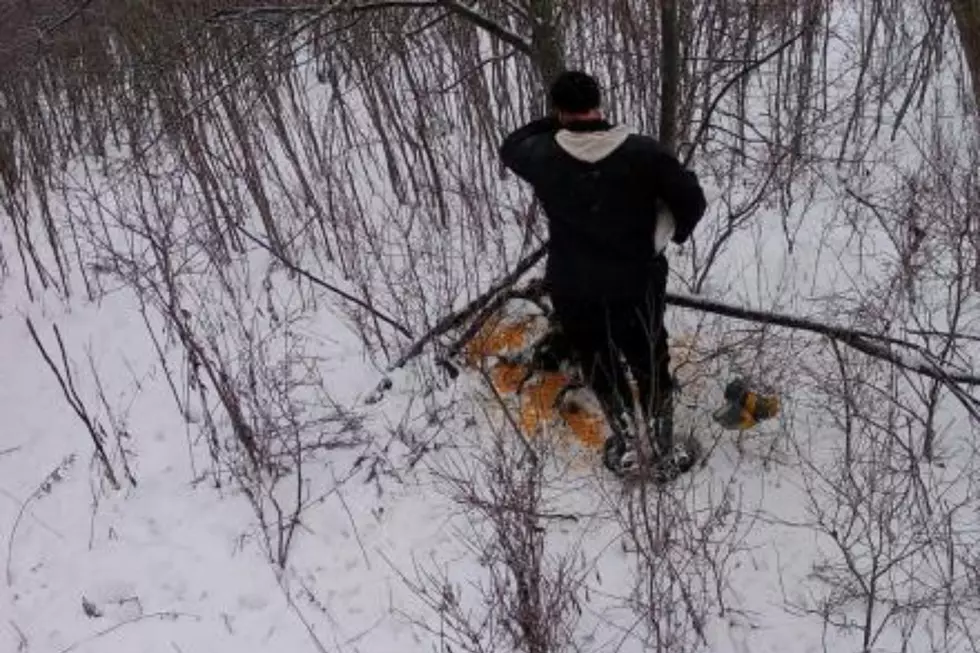
Prepare Perennials Now For Next Spring
Many gardeners think perennials are maintenance free. But the Master Gardeners at Cornell Cooperative Extension say now is the time to divide them for healthier plants next spring.As these plants grow, they send new shoots and new roots from the original plant. Over time, the new roots and shoots crowd each other and compete for water and nutrients. The plant will produce fewer flowers and not grow well. Many perennials will develop a hole in the center and can eventually die.
The more popular perennials have spreading root systems, going outward from the original crown of the plant. These are easy to divide; but may require a strong hand to pull the divisions apart. Start by loosening the soil around the entire plant and lift the whole clump from the ground. Use a garden fork, spade, or garden knife to cut or break apart pieces of the plant. Don't worry about being rough with the plant; most perennials recover well. Trim back the foliage to 4 to 6 inches and then replant a division, move the division to another spot, or pot them up to overwinter or share with friends. When planting new divisions into the ground, plant at the same depth the original plant was in and water well.
Some perennials have clumping root systems or grow via rhizomes. The technique for dividing these is similar. Get more information in this fact sheet from Cornell Cooperative Extension of Chemung County. Or call CCE Oneida County's horticulture hotline Wednesdays and Fridays from 9:00am to 12:00pm at 315-736-3394.
More From Big Frog 104









